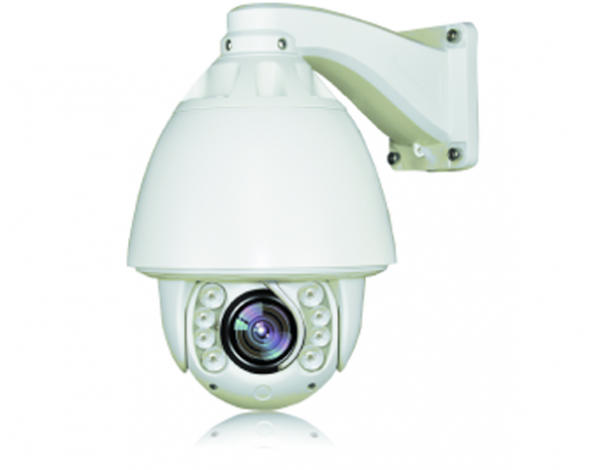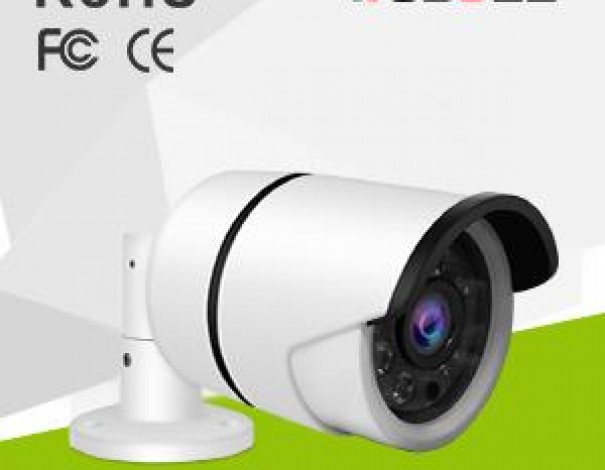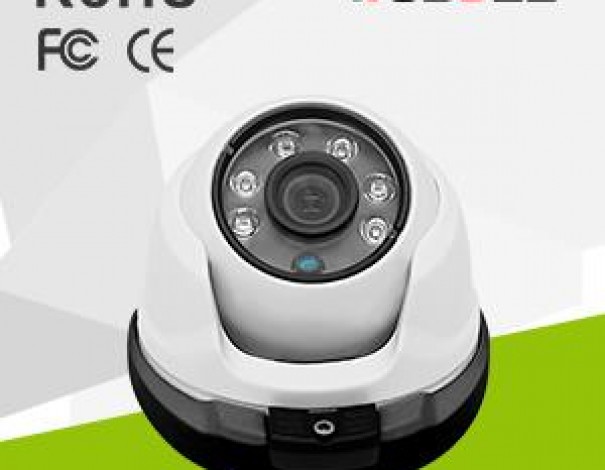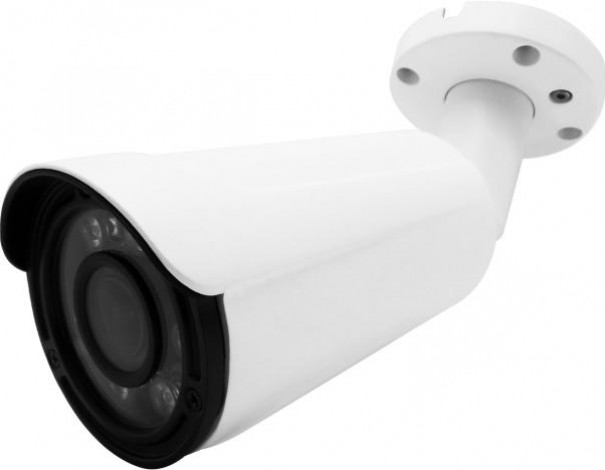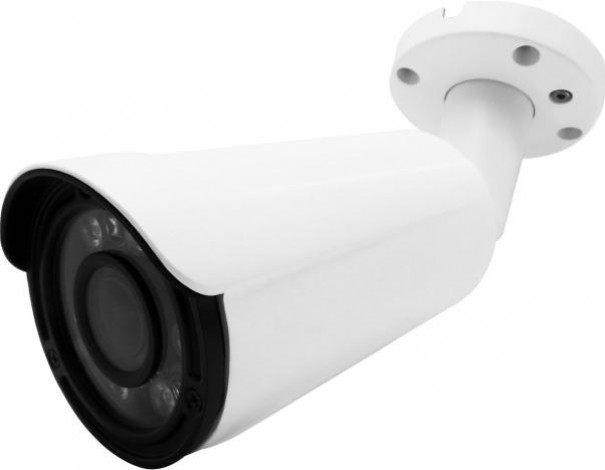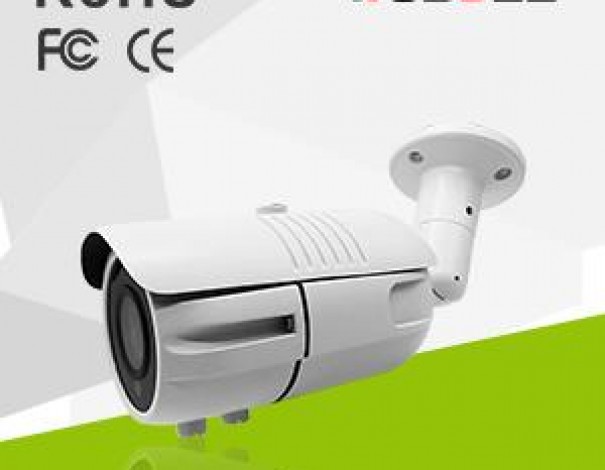How Can I Choose A Most Suitable Security Camera Lens?
To get the best picks of security camera lens, it is important to gain an insight into the CCTV camera lens types and comparison first. Now continue reading to learn how you can choose a right security camera lens and find the best security cameras with wide angle lens/varifocal lens that suit you most.
Types of CCTV Security Camera Lens
In a nutshell, the CCTV camera lens types can be divided into security camera fixed lens (also called monofocal lens) and security camera varifocal lens.
The focal length of CCTV security camera fixed lens is permanently set, meaning the field of view of fixed lens security cameras cannot be changed. You need to decide whether a wide angle security camera lens or a narrow angle lens is most suitable in your situation.
On the contrary, the CCTV camera varifocal lens allows you to adjust the focal length for your specific needs, which is also typically more expensive than security cameras fixed lens.
Among the varifocal CCTV security cameras, many are equipped with motorized zoom lenses, such as the PTZ security cameras.
Compared with the conventional manual varifocal lens, the security camera with motorized zoom lenscan automatically adjust the focal length of camera to get clear auto focused images.
Quick Clarification: If you need to switch easily between wide angle lens and narrow field of view, it is recommended you choose the security cameras with zoom lens. The camera’s field of view can be controlled through Zoom/Focus buttons on web interface or the smartphone App.
This table below will show you the comparison of different security cameras lenses.
| CCTV Camera Lens Types | Meaning | When It Is More Recommended | Application Scenarios |
| Security Camera Fixed Lens | Has a constant focal length and you cannot adjust the focal length, angle of view, or level of zoom. | When you need to monitor the interior space and the scenes that don’t typically change much. | Rooms in your smart home, like your baby’s or parents’ room. |
| Security Camera Varifocal Lens | Has a variable focal length and you can adjust it as you need. | When you want to get a close shot to identify a person/vehicle or monitor entrances and large areas. | Front door, back door, garage, gate, parking lots, etc. |
How to Select the Best Security Camera Lens – 5 Can’t-Miss Factors
Now let’s start to touch on the complexity of security camera lenses and walk through the top 5 can’t-miss factors when selecting the best lens for security cameras.
1. Focal Length
The security camera lens size, or focal length, measured in mm, is an important term in security camera lens and determines the field of view, also called the viewing angle for a particular camera lens.
So what’s the difference between CCTV camera 2.8mm lens, 3.6mm lens and 12mm lens security cameras?
In short, the smaller the security camera lens focal length number is, the wider area you can see but in lesser details; the bigger the focal length, the further you can see, but with narrower viewing angle.
The security camera focal length can vary from wide angles that can take in an entire landscape to security camera telephoto lenses which can zoom in on a small subject in the distance.
Hint: The security cameras with wide angle lens work best for large-area places such as the parking lots, back yard, warehouses, construction sites, etc. While the narrow angle lens cameras are ideal for critical entrances, like the doorways, hallways, cash registers, etc.
2. Aperture
The aperture of security camera lens is the hole that light passes through to enter the camera, which is measured in f-stops.
What might be confusing, however, is that a lower number of f-stops represents a wider aperture. Say, f1.4 is a large aperture and allows for more light to pass into the camera.
The aperture is a significant term for security camera lens because it can affect the camera’s depth of field – the distance between the nearest and farthest objects in a scene that appear sharp in an image.
The narrow aperture corresponds with large depth of field, which contributes to more objects captured in focus.
Hint: You can control how much of a scene is in focus by adjusting the security camera lens aperture. A wide aperture will make objects in front of you well focused but the background blurry. Whereas a small aperture will lead to everything captured in focus.
3. Iris
The iris controls how much light comes through the lenses’ aperture. When the iris creates a large opening, more light can pass through.
However, it is not the case that the wider the iris, the better images you can get. Too much light can wash out your video and you little light makes the scene dark.
So it is vital to pick up a suitable iris type for your purpose. The fixed and manual iris lenses are typically used for indoor environment where the light stays consistent, such as an office, school or shop.
The auto iris lens, on the other hand, can automatically adjust light changes and is more ideal for outdoor locations where there are light variations.
Hint: Think about where you are going to position the security cameras before diving into the security cameras lens purchase. Indoor or outdoor? That will influence the final iris types you pick up.
4. Camera Format
When you look at the listed specification of security camera lenses, you will notice the numbers such as 1/2″, 1/3″, 2/3″, 1/4″ for the image sensors.
Generally speaking, the smaller the camera format is, the narrower the security camera lens field of view is. For example, a 2/3” image sensor will see wider than a 1/3” one.
That’s the format size of security cameras we are talking about. For lens format size, note that the lenses’ image format, say “2/3 inch image format”, is the maximum size it will allow.
So bear in mind that the format size of a security camera lens should be equal or greater than that of cameras, otherwise the corners of the scene being viewed will be cut off.
Hint: Remember to double check the format size of both security cameras and lens and follow the rule above to get great shot.
5. C or CS Mount
C and CS mount are two available options when it comes to security camera lens mount, whose main differences lie in the distance from the image sensor to the lens. The distance for C Mount is 17.5 mm while the CS Mount is 12.5 mm.
Here is Wodsee new arrival of smart motorized zoom lens IP camera
1. 2MP, 5MP, 8MP & 12MP are available
2. Auto focus and no defocus after power off
3. Compatible with Hikvision,Dahua, XM Private Protocol
4. Software customization
5. H.265 encode
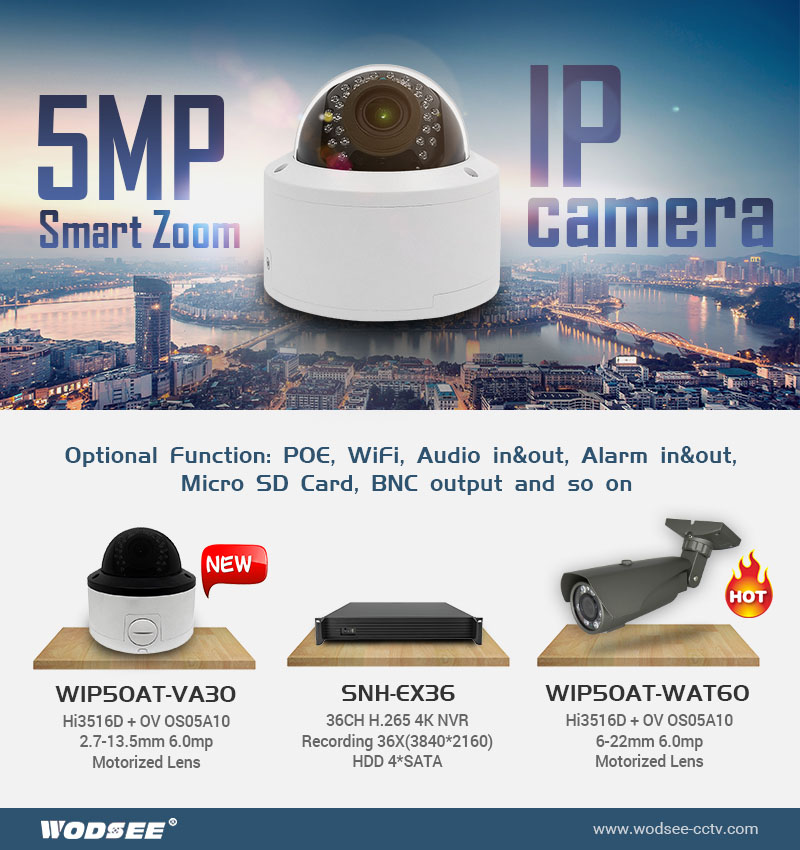
Related News
- Wodsee DOL-HDR WDR 4 IN 1 Camera New Arrival
- How to set parameters for detected faces recognition?
- Face recognition becomes the commanding point technology of video surveillance
- Introduction to Facial Recognition of Surveillance System
- New innovation–soft photosensitive
- Great innovation!!! – Wodsee IP camera with Sensor Control IR
- 4 New Styles HD High-Speed Dome camera
- WODSEE new Smart Zoom IP camera, Real WDR.
- How to provide a regular maintenance for CCTV equipments?
- Notes for outdoor installation of PTZ




